
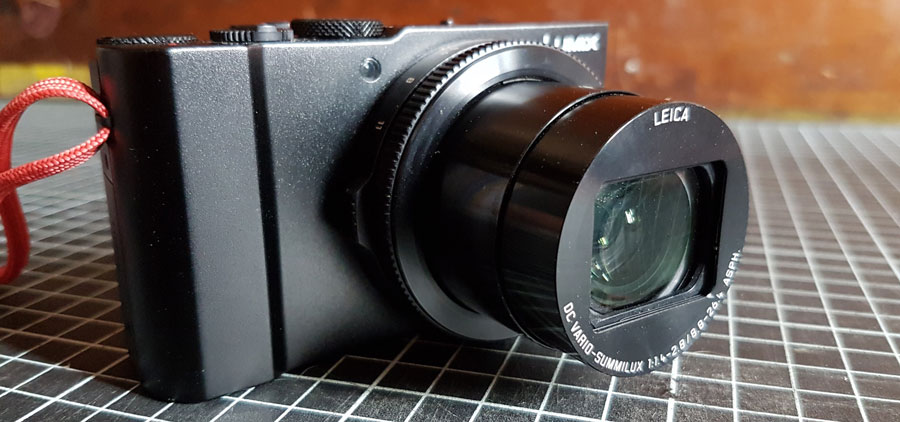
I bought myself a second hand but mint condition LX15 a couple of weeks ago and, last week took it on a short holiday with me to put it through its paces. Here are some first impressions, after this debut outing.
This is my first foray into Panasonic ownership after mostly owning Canons before. In fact I twice bought the G7X Mk II and sent it back, as I just couldn’t get on with its many annoyances, before deciding to see what Panasonic had to offer with the LX15.
So here goes [in no particular order, save that in which they occur to me]:
The Good
-
I’m really impressed with the various 4K related functions on the LX15. Just having 4K video was already a step up from the Canon, but I’ve been having a lot of fun playing with the 4K Photo and 4K Post Focus facilities.
-
Ditto the Panorama function. I’d not even considered this as a desirable feature when choosing this camera as the last time I had a camera with a panorama function was a Canon Ixus many moons ago and it wasn’t exactly very good. However, I found myself shooting a lot of panoramas with the LX15. I can’t say as they all came out perfect. It does seem to struggle with the stitching sometimes, if the light changes drastically from one end of the panorama to the other. But overall it works really well and I love the playback feature that pans the panorama like a mini movie [which it effectively is].
-
Image quality to me seems excellent. I’m not a pixel peeper by any stretch of the imagination. But, in the interests of research I zoomed into 100% on a couple of selfies I’d taken of the missus and myself at arm’s length and was able to make out individual veins in my hungover, bloodshot eyeball and individual bristles on my chinny-chin-chin. Likewise with other shots taken at different focal lengths and apertures. The few I’ve zoomed in on have looked sharp as tacks to me with no fringing, chromatic aberrations or any other nasties.
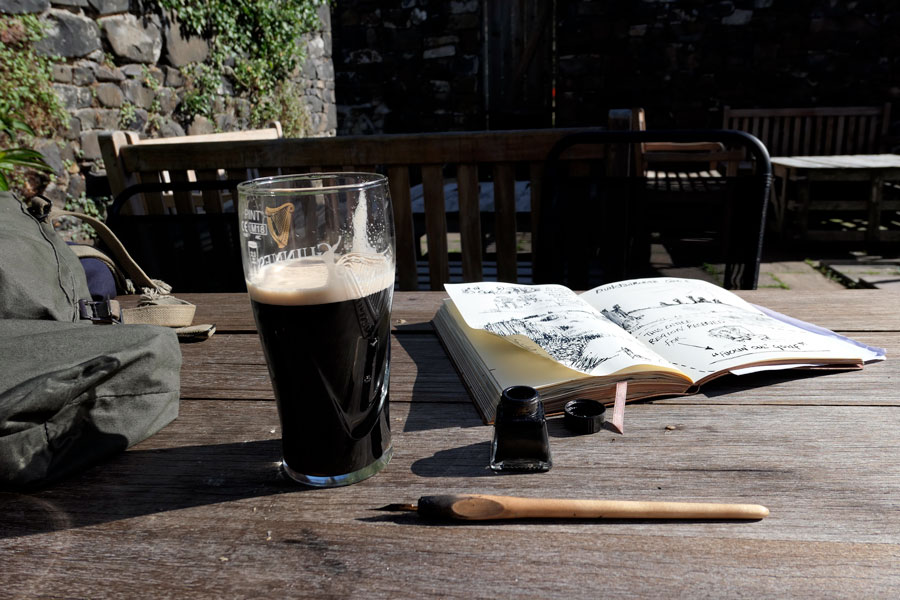
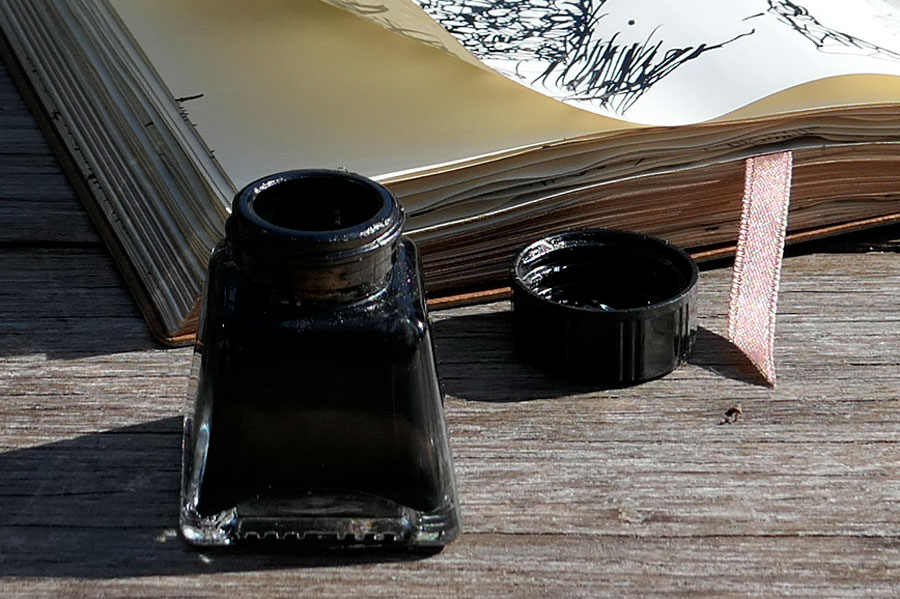
-
Build quality feels pretty much on a par with my previous G7X, although I still think I preferred the ergonomics of that camera, especially the grip. Of course, only time will tell how durable it is. Although I look after my gadgets, I don’t baby them.
-
Autofocus feels a lot snappier and a lot more accurate than on the G7X. The LX15 also seems to track moving subjects better. That said, I tend to either use 'focus & recompose' most of the time [that old muscle memory again!] or just tap the screen to choose my focus area. I don’t often shoot fast moving subjects. But it’s good to know the camera should be able to cope with these if the situation arises.
The Not So Good
-
Although I loved the Panorama feature, I’d have liked easier access to the directional settings for this. I had to resort to RTFM after trying every button combo I could think of while in Panorama mode, only to find out the direction settings are buried in the menus. And, unfortunately no way [I can see] to add this setting to the QMENU.
-
Another puzzling oversight in Panorama mode is that the level meter disappears after you press the shutter. Given that the level meter stays on-screen while in stills or video modes, this seems an odd oversight as panning while shooting a panorama is one situation where you’d especially want to know you were keeping the camera level.
-
I was a bit disappointed that the display only tilts upwards and not downwards too [as the one on the G7X does]. I also thought the hinges felt a wee bit less sturdy compared to the G7X. That said, on the couple of times I did need to shoot overhead, I just tilted the screen up and turned the camera upsidedown. So no biggie. I found that most of my shooting with the screen tilted involved using it swung out to 90 degrees and shooting at waist level, like an old fashioned box camera.
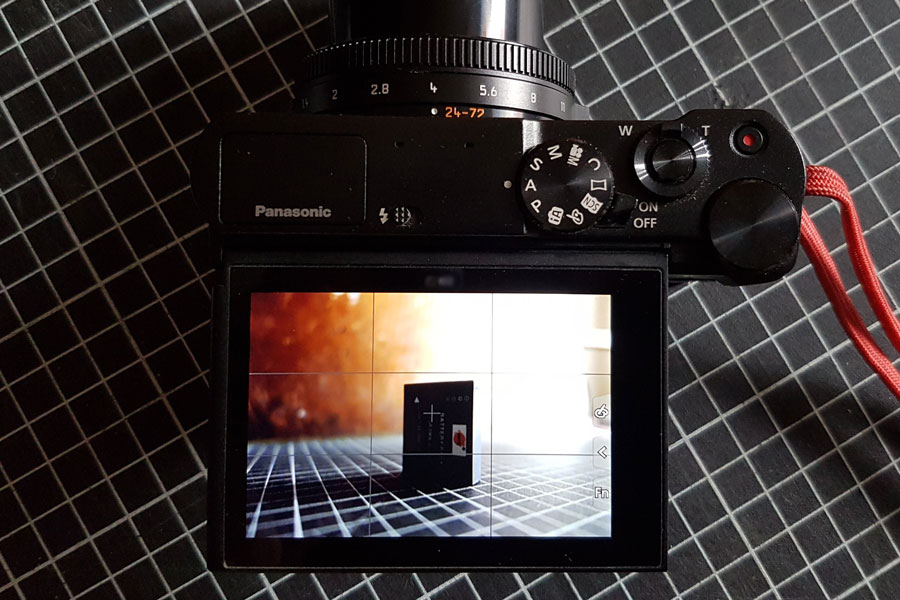
-
Battery life wasn’t too great. I didn’t get anywhere near the 200+ shots it’s supposed to be good for. Using Panorama mode especially seemed to drain the battery quite quickly. That said, this was a second hand purchase, so the battery is likely not in its first flush of youth. So this is more an observation than a criticism.
-
The front control ring: Before getting the camera, I thought this would be a great feature to have as by default it controls zoom. But in practice, I’ve found it a bit of a nuisance. The two control rings [this one and the aperture one] are so small and the front control ring so sensitive that, a lot of the time, I found myself accidentally nudging it while reaching for the aperture ring and thus changing the zoom. I don’t have especially fat fingers either, so I think this would be even more of a problem if you did.
Most of the time when I wanted to zoom I automatically reached for the lever round the shutter anyway as there’s so much muscle memory in this movement from all the other compacts I’ve owned over the years. So I’m still not sure what to do about the front control ring; I could persevere with it and hope that familiarity with the camera will lead to me being a bit less clumsy about knocking it or I could disable it as a zoom ring entirely which does seem a bit of a waste as I’m not sure what other function it really lends itself to being reassigned to.
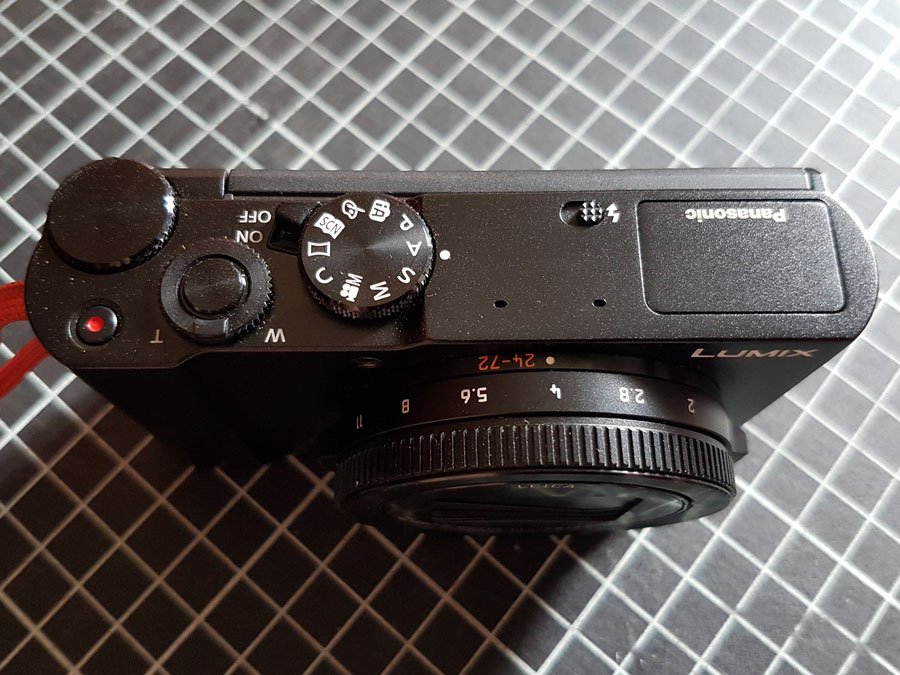 The front control ring is too sensitive and too easy to nudge accidentally, when reaching for the aperture one
The front control ring is too sensitive and too easy to nudge accidentally, when reaching for the aperture one -
Lack of ND filter. This was a bit of a sticking point for me when choosing this camera. I know Panasonic have decided they don’t need to include one as the electronic shutter can achieve very fast speeds. But, unfortunately this doesn’t help with the other use of an ND filter; to allow deliberate use of slower shutter speeds to blur water, etc.
In the end, I decided that I could live without an ND filter, but there were a couple of times [for example while visiting a gardens with some spectacular fountains] that I did feel the lack of it.
-
I was really disappointed with the fiddly nature of the WiFi functionality on the G7X and was looking forward to the Panasonic equivalent, especially given most of the reviews I’d read were quite complimentary about it.
Unfortunately I wasn’t too impressed. When connected the software works well and offers a lot of control over the camera. But the process of actually connecting is a right pain in the nether regions and quite often requires either quitting and relaunching the app on my phone, or disconnecting and reconnecting the camera WiFI hotspot.
Then there’s the whole process of saving connection info as a Favourite in the camera WiFi settings. It’s completely baffling to me why you have to save each 'reason' you want to connect to the camera as a different setting. ie. if you want to connect to your smartphone so it can control the camera, that’s one setting you save as a favourite. If you want to connect to your smartphone to send images from the camera, that needs saving as a separate favourite. Then you have to save another two favourites if you want to connect through your router, rather than peer-to-peer [although that’s a bit more understandable]
What made this so infuriating that I came close to throwing the camera against a wall was that, when trying to set up the WiFi I had to enter my connection details manually each time and I have a v-e-e-r-y long WiFi password made of a mixture of letters and numbers. Typing this on the' tappy-tappy-tappy til you get the letter you want' on-screen keyboard is an infuriating experience at the best of times. But made all the more so by the fact that if you make a mistake typing the password or the camera can’t connect to your network for whatever reason it just completely discards everything you’ve typed in up to that point, rather than saving it and allowing you to edit it or try again later. And it gives no indication as to why the connection failed. Is the camera not picking up my WiFi signal? Did I make a mistake typing in the password? Who knows. Back to the drawing board to painstakingly enter all the info again.
The Things Which Are Supposed to Be Bad But Which I Thought Were Actually Quite Good
-
One of the things I did like about the G7X MkII I had before was the 24-100mm [eq] zoom, compared to a mere 24-72mm [eq] on the LX15. However, when you switch to shooting in 4K [whether photo or video] the LX15 takes a crop from the sensor which changes the effective focal length of the lens to 36-108mm [eq].
Most reviewers point this out as a disadvantage, but I actually found it quite a quick and simple way to grab an extra 36mm of zoom, without resorting to menu diving for things like digital zoom or post-cropping my pics. Of course, you lose a fair bit of resolution this way. But, since I never print my photos out, only view them on screen, that’s not really a problem. They’re still more than adequately sized for on-screen use.
-
On/Off Switch. Most reviewers seem to hate this, citing the supposed hassle of not being able to just press the Play button on the back of the camera to simultaneously switch it on and boot into Play mode as with other cameras with an On/Off push-button rather than switch. The implication by some reviewers was that the LX15’s switch means you have to turn the camera on, wait for the lens to extend, then press Play and wait for the lens to retract.
In reality this is a non-issue: hold down the Play button on the back, flick the On/Off switch to On and release the Play button after about a second and the camera will switch on straight into Play mode, without the lens extending.
In fact, after using this setup I actually prefer the switch vs push-button approach now. The camera is usually in a pouch stuffed in my pocket and it’s good to know it’s much less likely to turn on accidentally and the lens try to extend with this switch arrangement, than it would be with a push-button.
Summary
Looking at the above, there are more negatives than positives. But that probably gives a bit of a false impression. It’s just that, when it comes to writing a review, the niggles tend to stick in your mind more than the things which work so smoothly you hardly think about them.
Overall, I’m pretty damned satisfied with my new LX15. It isn’t without its faults but unlike with the G7X Mk II which I bought and returned twice, I’m not feeling the unwelcome twinge of 'Buyer’s Remorse' this time. This one is definitely a keeper.
|
Note
|
This review is lifted from a forum thread I started on the DPReview website. As things turned out, I did eventually end up selling the Lumix LX15. Not due to any major flaws with the camera —I’d be happy to own one again, but mostly down to the fact that my lifelong companion 'Terminal Skintness', who is never far from the doors of 'matulevicz Mansions', raised his ugly head again. Also, I’d managed to score a Samsung Galaxy S7 pretty cheap on eBay. And, since the S7 has a pretty great camera [one of the reasons I wanted one], and since I never really got into the habit of carrying the Lumix LX15 with me all the time, I thought I’d be better off selling it and treating myself to some luxuries like food and paying the rent. |


